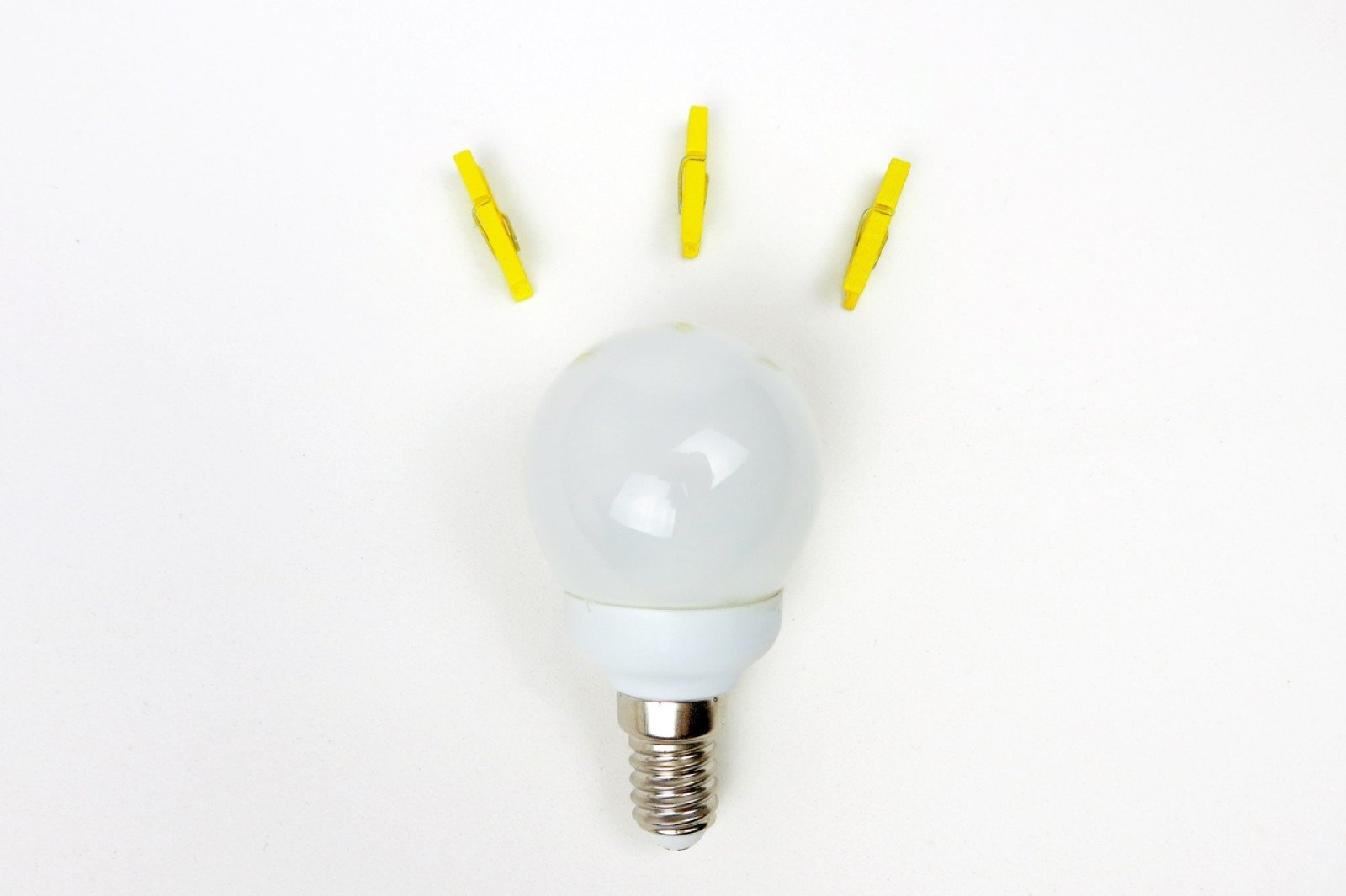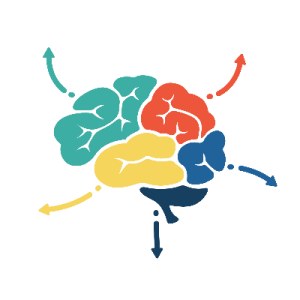Match the lights
Learn about energy-efficient lighting and test your students' memory skills in this question and answer matching game.

Overview
Your students will learn about different types of lighting and play a matching card game to discover which types of lighting save the most energy.
Instructions
What you'll need
- "Lighting types" pictures (project onto screen or print one copy)
- "Match light" template (print one set per student or pair of students)
- "How can we save energy with lighting" video
- Scissors
- Explain to your students that we'll be learning about different kinds of lighting to identify what lighting is the most energy efficient. Ask students to share what it means to be energy efficient and then explain that energy efficiency simply means using less energy to perform the same task.
- Watch the "How can we save energy with lighting" video with your students and ask students to share how they can save energy in their homes and at school with lighting.
- Pull up the "Lighting types" pictures and show, by printing or projecting onto a screen, sample pictures of different kinds of lighting. Share with students that in our homes and at school we use both natural lighting and artificial lighting like incandescent, CFL (compact fluorescent lights) and LEDs (light emitting diodes). Have students consider that natural light uses the least amount of energy but also is a good option for productivity and happiness.
- Discuss that natural light is not always feasible and that the most energy efficient lighting available are LEDs. Share a few facts about LEDs like they use 75% less energy than incandescent lights, and last longer.
- Ask your students to list some reasons why saving energy is important. For example, it helps protect our environment and can help lower our families' energy bills.
- Provide each student or pair of students with the "Match light" template and have students cut them out to make memory match cards. Alternatively students can create their own cards by copying the information from the template. Explain that they will be playing a game to match lighting questions and answers, while challenging their memory skills.
- Students start by placing all 16 cards face down on a surface and two cards are flipped face up at each turn. The player picks up the 'pair' if the icon on the cards match and reads out the question and answer. If the cards do not match, both cards are placed back face down and each player tries to memorize where the cards are placed. The game ends when all the pairs have been matched, and all the questions have answers.
Modify or extend this activity
Extension
- Challenge students to get lighting smart by powering down for one hour every day by using only natural light. Have the students brainstorm how and when this would work best, like at home over dinner, or at school during lunch.
Curriculum Fit
Core competencies
Communication
- Connect and engage with others (to share and develop ideas)
Thinking
- Critical thinking: Analyze and critique
Personal and social
- Personal awareness and responsibility: Self-regulating
- Social awareness and responsibility: Contributing to community and caring for the environment
The activities also connect to a variety of grade-specific curricular competencies and content in a variety of subjects including Science, Applied Design, Skill and Technologies, and Physical and Health Education.
Assessments
- Assess students' ability to share, discuss, listen to each other and challenge their memory.
- Assess students' participation and cooperation in individual or group work.
- Assess students' understanding of the different types of lighting and how natural light can be a great option.
Teaching Notes
Artificial light
Artificial light uses energy, so we can save energy by choosing natural light if possible and by turning off lights and understanding what types of lighting use the least amount of energy. By saving energy we help to protect our environment and save money in our homes. These are three types of artificial light we commonly use in our homes:
- Incandescent lighting
This is the oldest technology and the least energy efficient. We can save energy in our homes if when replacing light bulbs we choose a more energy efficient option. - CFL (compact fluorescent lighting)
In the mid 1980’s CFLs were introduced to the retail market but although they saved energy compared to incandescent lighting they were expensive so market uptake was slow. Nowadays CFLs are an affordable energy saving option to incandescent lighting and although they contain mercury it is miniscule and the bulbs can be safely recycled. For more information, go to CFLs. - LED lighting
LEDs are the most efficient and newest lighting technology. Ranging from street lighting, to holiday lights to lights in our homes, LEDs are being used more and more. This lighting has a longer lifetime and uses 75% less energy than other lighting (incandescent and fluorescent lighting). There is also a range of daylight LED bulbs, which provide an alternate to natural light if that is not accessible. For more info on LED lighting go to: Energy-efficient products.
Natural light
Using natural light helps us save energy as we can turn off artificial lighting but the following are also benefits to our health:
- Helps improve mental health
- Improves sleep
- Increases our ability to concentrate and learn
- Helps our bodies to produce vitamin D which helps us maintain teeth and bones and absorb calcium
Tips to increase natural light and conserve energy
- Keep blinds or curtains open to let in the natural light.
- Decorate with bright reflective colours and/or use mirrors.
- Get outside and exercise.
Young people can take action
A greater understanding of energy-efficient lighting empowers students to practice energy conservation and care for their near environment. With your help, we can foster a culture of Power Smart youth in British Columbia together.








